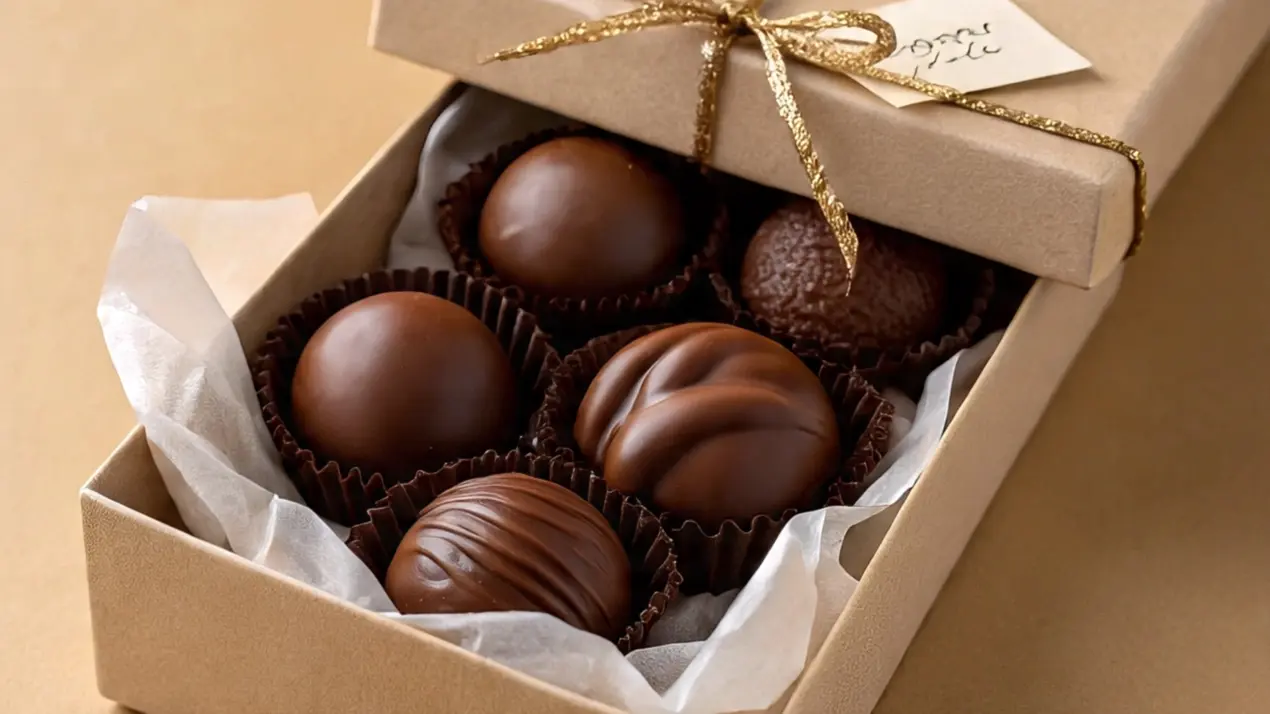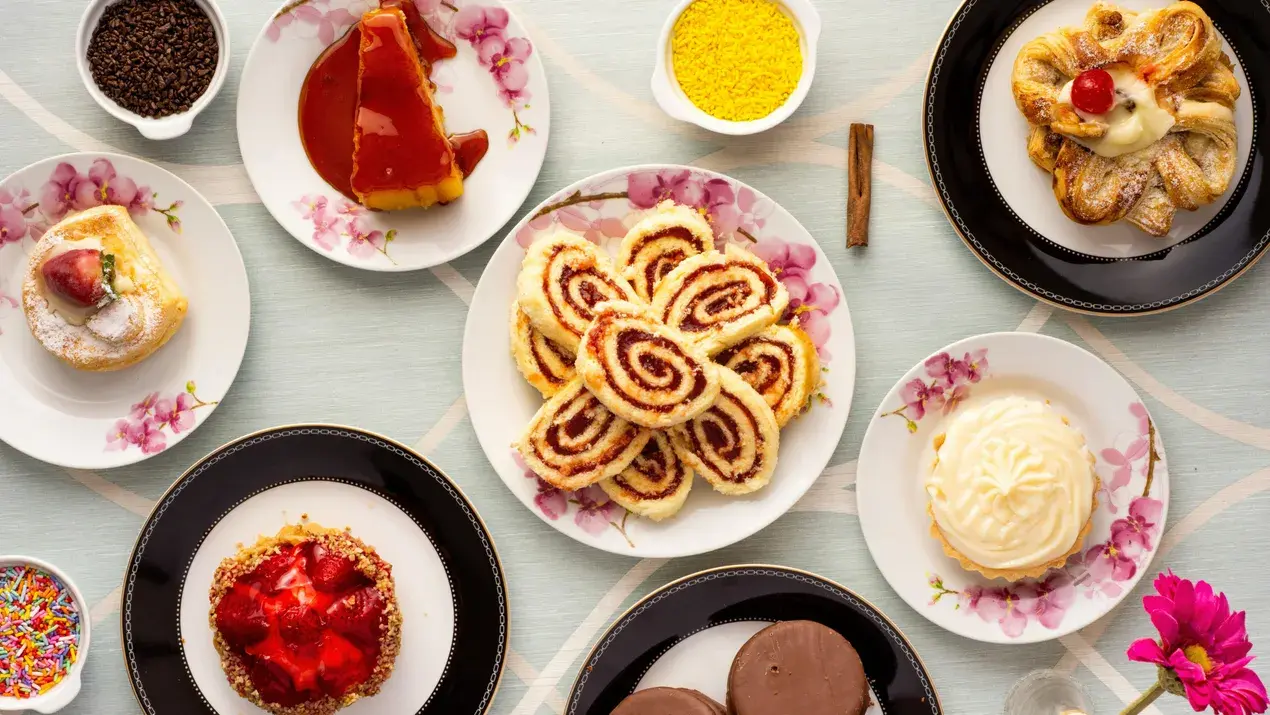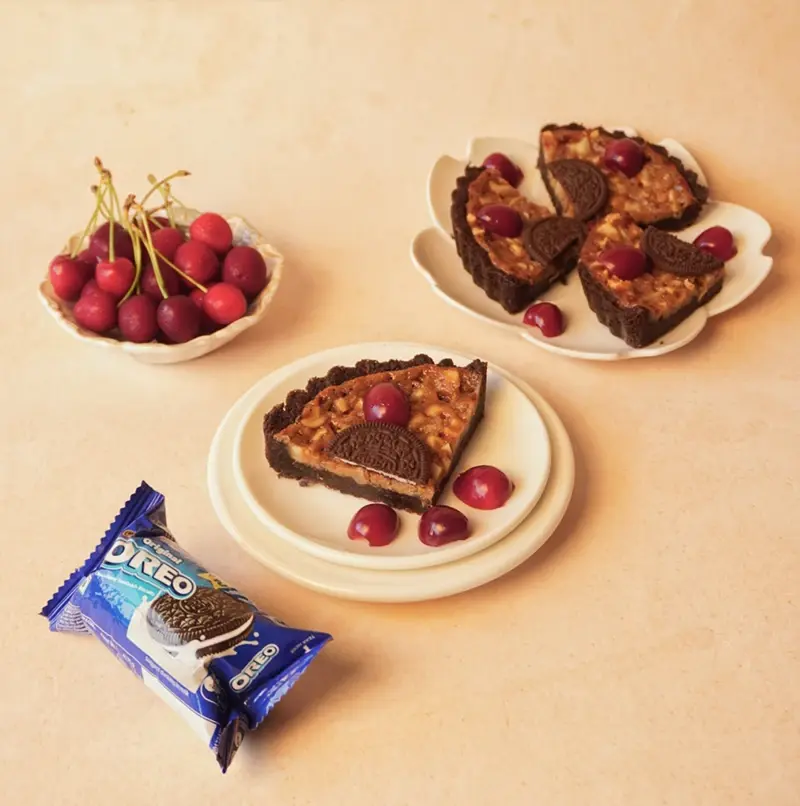A deep-dive into the evolution of the cherished English Christmas delicacy.

A deep-dive into the evolution of the cherished English Christmas delicacy.
The journey of the traditional English Christmas cake is a delightful tale that spans centuries, weaving together the various threads of culinary history, cultural influences, and festive traditions. The origins of this iconic holiday delicacy can be traced back to a humble beginning – plum porridge, which was meant to satisfy appetites following a day of religious fasting.
In its infancy, Christmas cake was not the rich, decadent dessert that we now associate with the holiday season of today. It started as a pragmatic solution, a hearty porridge concoction designed to provide sustenance after a day of religious observance and fasting. Plums took centre stage in this early version, offering a burst of natural sweetness and an accent of luxury to an otherwise simple dish.
As time went on, the Christmas pudding emerged from the cocoon of plum porridge. As additional fruits and a touch of honey joined the plums, the dish transformed into the familiar Christmas pudding. This evolution also mirrored the growth of the culinary landscape of medieval England, where access to exotic ingredients and spices began to shape the nation's palate.

The 16th century marked a significant turning point in the Christmas cake's evolution, as richer ingredients replaced the oats, and flour and eggs made their debut in the recipe. The pudding gradually evolved into a fruitcake that bore a resemblance to the ones we enjoy today. The infusion of spices, newly introduced from the East, added depth and complexity to the flavour profile, symbolizing the three wise men in the Nativity story.
Within wealthier households, another layer of indulgence found its way in – marzipan. Families with the means to do so adorned their cakes with this sweet almond paste, a practice that foreshadowed the luxurious appearance of the modern Christmas cake. With its smooth texture and ability to be moulded into intricate shapes, Marzipan elevated the cake from a simple treat to a festive centrepiece.
The Christmas cake continued its evolution, mirroring societal changes and embracing new ingredients and techniques. By the Victorian era, the traditional Christmas cake had become a symbol of prosperity. Elaborate decorations, including intricate icing and figurines, adorned the cakes of well-to-do families, showcasing the opulence of the time.
In today's day and age, the preparation of Christmas cakes has become a cherished tradition, with festive bakers meticulously crafting and 'feeding' their cakes in the weeks leading up to the holiday. This involves regularly brushing the cake with generous doses of brandy, sherry, or whisky, infusing it with rich, boozy notes that characterize the Christmas spirit.

The act of 'feeding' the Christmas cake is a nod to the historical preservation methods employed by families of yore. The inclusion of alcohol imparts a distinctive flavour while also serving as a natural preservative, allowing the cake to mature and develop its full richness over time. This ritual embodies the care and attention lavished upon this festive creation, turning it into a labour of love that culminates in a show-stopping centrepiece for Christmas celebrations.
In conclusion, the journey of the traditional English Christmas cake is a great example of the enduring nature of culinary traditions. From its modest beginnings as plum porridge to the decadent fruitcake adorned with marzipan, the Christmas cake has adapted, transformed, and continued to hold a special place in the hearts and palates of generations.
Like This Article?
More Like This




Popular Articles




Trending Web Stories
Curated Recipes



















